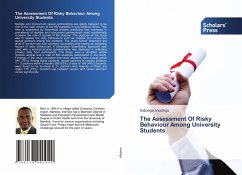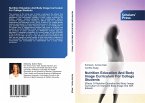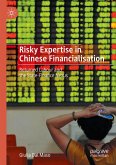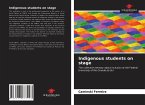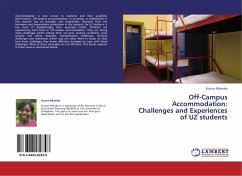Multiple and Concurrent sexual partnerships are widely believed to be one of the main drivers of the HIV epidemic in sub-Saharan Africa. This view is supported by theoretical models predicting that increases in prevalence of multiple and concurrent partnerships could substantially increase the rate of spread of the disease. The purpose of this study was to assess the risky behaviours such as multiple and concurrent sexual partners among the students. The study further determine the level of condom use and voluntary counselling and testing as mitigating factors of risky behaviours. A descriptive quantitative approach was used with a semi-structured questionnaire was deployed in collecting primary data from participants. The study uses a stratified simple random sample and a total of 580 students participated in the study. Findings of the study revealed that more students were sexual active 440 (76%). Among these students, sexual partners is ranging between 1 - 3 partners within 6 months 369 (83%). A total of 164 (44%) students were found to be involved in 2+ partners and majority of these are males 118 (72%). Condom use between regular and casual partners varies significantly.
Bitte wählen Sie Ihr Anliegen aus.
Rechnungen
Retourenschein anfordern
Bestellstatus
Storno

